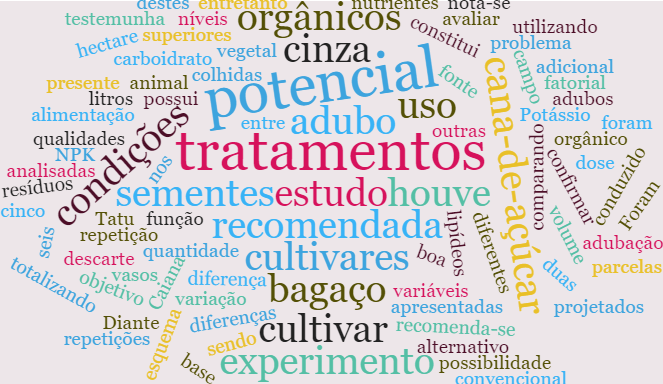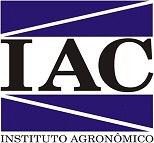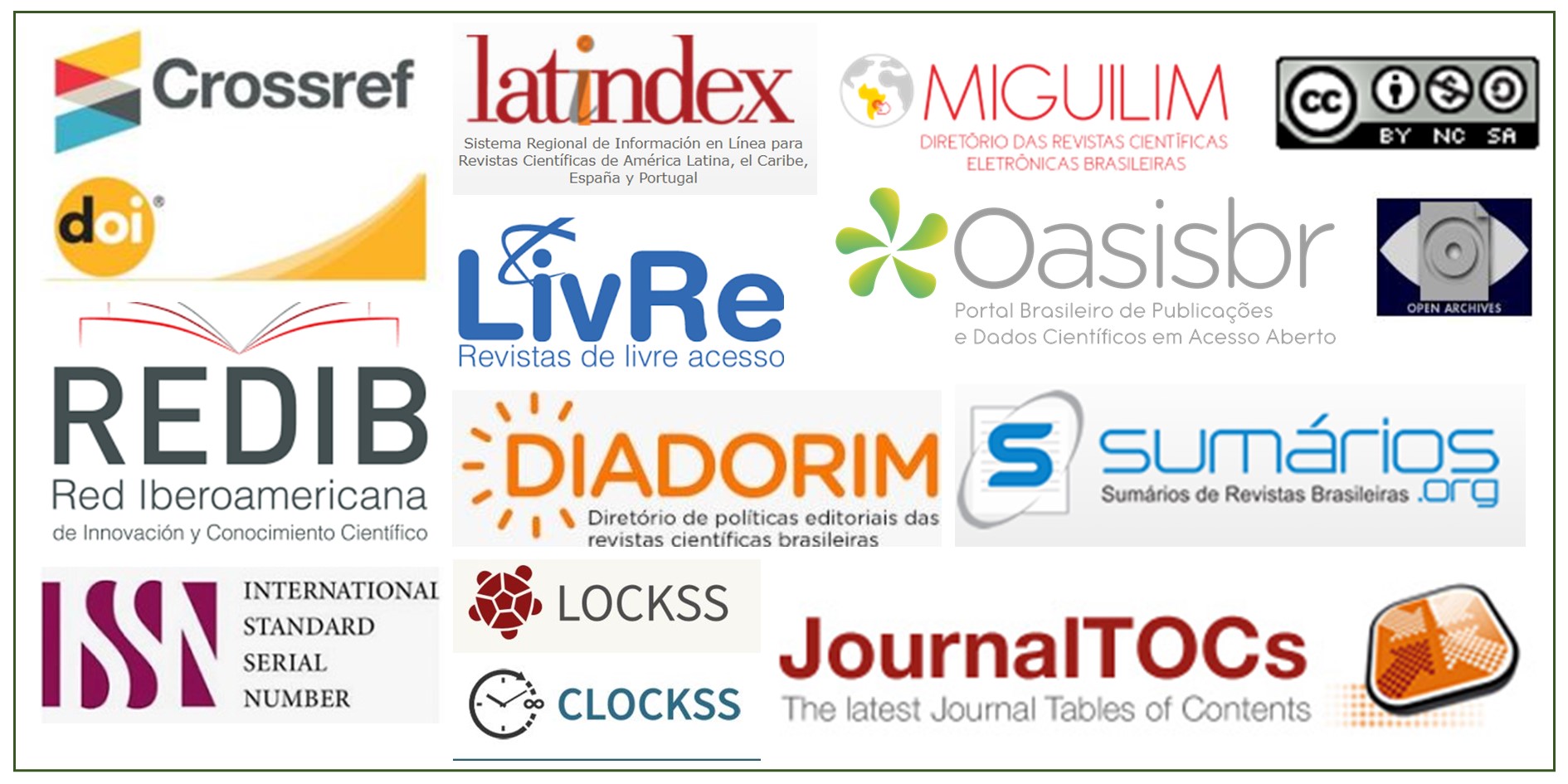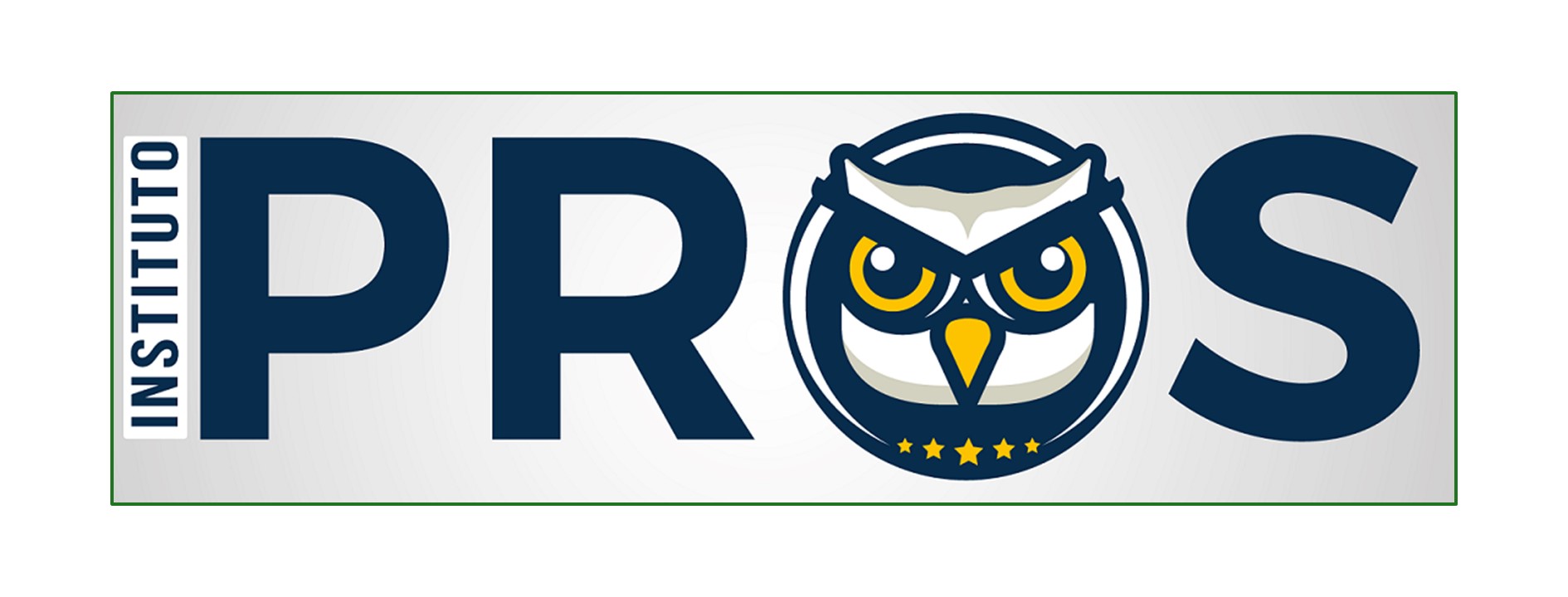Sugar cane ash in the production and seed quality of peanut cultivars
DOI:
https://doi.org/10.17648/sas.v1i1.85Keywords:
Fertilization, Animal and human food, Arachis hypogaea L., Oilseeds, BiochemistryAbstract
Faced with the problem of disposing of liquid waste, the possibility of using this waste as potential fertilizer is noted. The present study aimed to evaluate the potential of sugarcane bagasse ash as an alternative organic fertilizer. The study was conducted in pots with a volume of 8.5 liters, in field conditions, in a 2 x 6 factorial scheme (two cultivars x six treatments), and five replications, totaling 60 plots. The treatments were designed using 0%, 25%, 50%, 100% and 150% recommended dose per hectare (based on Potassium) and an additional control with conventional NPK fertilization. Variables of the plant part and seeds harvested from the experiment were analyzed, comparing the differences between cultivars and different treatments. There was no variation as a function of treatments in the amount of lipids, but there was a difference in carbohydrate levels. The Caiana cultivar has seeds of superior qualities than the Tatu ST cultivar, being the most recommended for use in animal feed. The sugarcane bagasse ash is a good source of nutrients, however, it is recommended to repeat the experiment under other conditions to confirm its potential as fertilizer.
Downloads

Published
How to Cite
Issue
Section
License
Autores concordam com os seguintes termos:
a) Os autores mantêm os direitos autorais e concedem à revista o direito de primeira publicação, com o trabalho simultaneamente licenciado sob a LicençaAttribution-NonCommercial-ShareAlike 4.0 International, que permite o compartilhamento do trabalho com reconhecimento da autoria e publicação inicial na Revista SAS. A licença permite o uso, a distribuição e a reprodução irrestrita, em qualquer meio, desde que devidamente citada a fonte. Essa licença permite também que outros remixem, adaptem e criem a partir do seu trabalho para fins não comerciais, desde que atribuam a você o devido crédito e que licenciem as novas criações sob termos idênticos.
b) Não cabe aos autores compensação financeira a qualquer título, por artigos ou resenhas publicados na South American Sciences.
c) Os conceitos expressos nos artigos publicados na South American Sciences são de inteira responsabilidade de seus autores.








